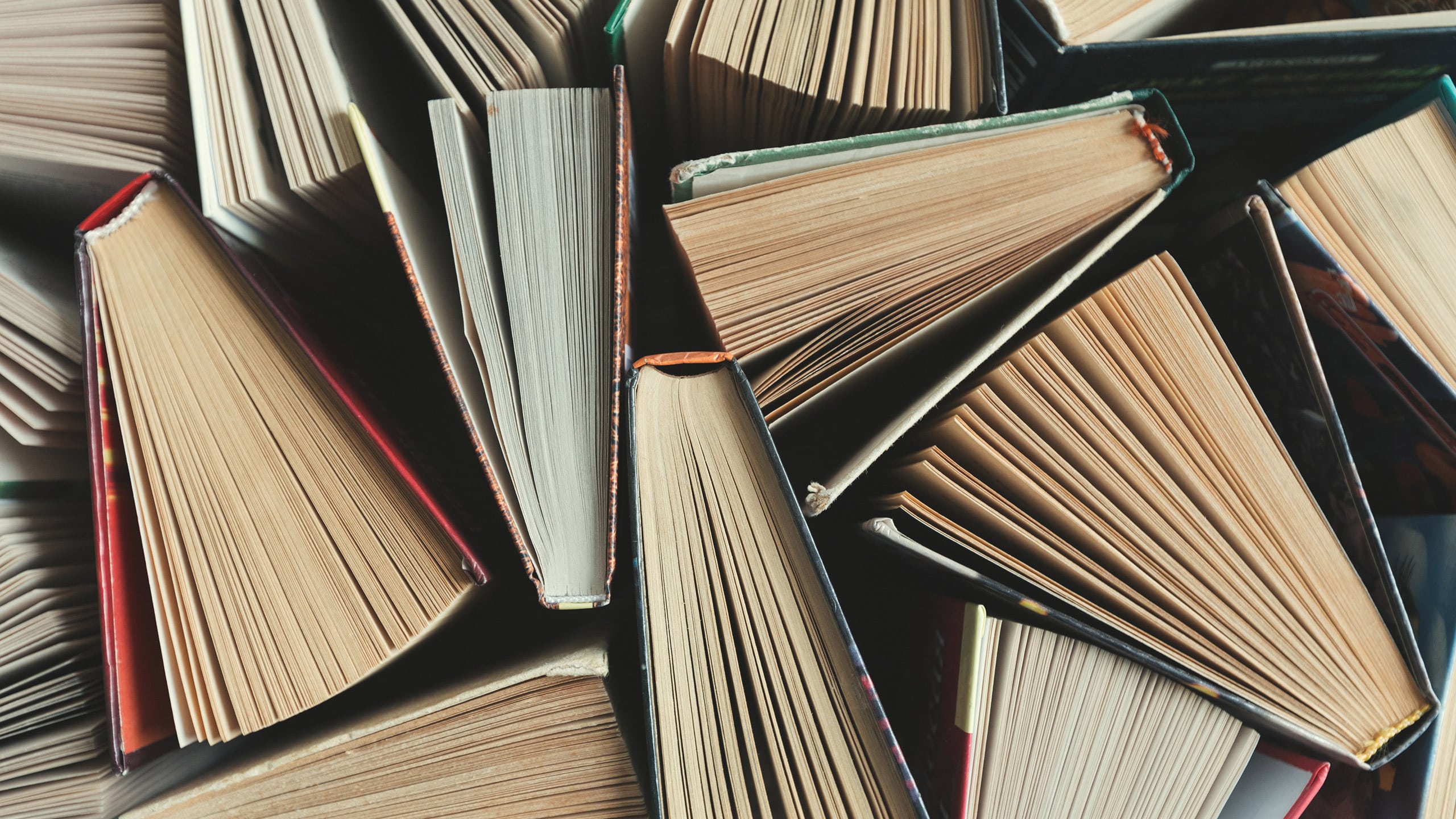A Cosmos of Writing is the title of the commemorative publication published by Imma Klemm - Ortheil's wife - to mark his 70th birthday. It is a three-day conversation with his editor Klaus Siblewski, in which they both explore the cosmos of writing. Ortheil also sees the conversation as a graphoanalysis of his life: How did this existential act of writing come about in his life?
This cosmos of writing has its very own cosmos of life. Four of Hanns-Josef Ortheil's siblings died before he was born. This burden rested not only on him, but also on his parents, especially his mother: it literally left her speechless.
What saved her was not only her work as a librarian - she was and remained a reader all her life - but also the piano. For Ortheil, who also remained speechless for a long time, this moment when a piano arrived in the flat in Cologne was a decisive one in his life: Suddenly he experienced his mother in a completely different way, capable of expressing her inner self: Playing the piano liberated her. The symbiotic cosmos with his mother, which was above all one of retreat, suddenly became a cosmos of joint departure: Hanns-Josef also learnt to play the piano with her. In this cosmos, his father was responsible for the outside world: he brought the outside world with him in the evening, the world of work: he was a geodesist by profession. He also learnt about writing and language with his father, he was his first language teacher and Hanns-Josef Ortheil claims that his writing programme in Hildesheim as a professor of creative writing was just a professional copy of his father's private course with him.
I.
This writing gradually developed into a writing archive, one of the largest in German literary history: at first it consisted of notebooks filled with newspaper articles and his own notes, which Ortheil can still refer to today. Alongside writing, playing the piano became Ortheil's most important expression in life. After an illness forced him to abandon his career as a pianist - the next major trauma in his life - he began studying literature in Mainz and became a freelance writer after completing his doctorate.
His marriage to Imma Klemm was decisive for the cosmos of his life, and together they bought the garden house in Stuttgart, an abandoned railway caretaker's house: the address of the Blaue Weg. This was followed by the blue phase in Ortheil's life: just as Yves Klein simply signed his name to the sky when he looked up at it in Nice and thus patented the Yves Klein blue, Ortheil patented the blue of the sky with his very own life story: He comes back to it again and again in his novels: I'll just mention The Invention of Life (2009), The Child Who Didn't Ask (2012) and The Pencil and the Paper (2015) by way of example.
I would particularly like to mention his diary Blauer Weg, which was first published in 1996 and which Ortheil republished in 2014 with a completely new foreword. In my opinion, this foreword is one of Ortheil's most personal texts. In it, after the Blue Path phase, he also hints at the Black Path that existed for him: it was the path of deep grief after the death of his father in 1988, from which he was then released by the call to Washington as Writer in Residence, his appointment to Hildesheim to the post for Creative and Literary Writing and the scholarship at the Villa Massimo in Rome. The new edition of The Blue Path also demonstrates Ortheil's literary method: it is not repetition in the banal sense, but repetition, repetition, repetition, recollection, a kind of retractatio, as St Augustine would call it. Texts that have already appeared are contextualised anew.
I was particularly touched by one text in The Blue Way that should not go unmentioned in a Catholic academy: Catholic. For him, Catholic does not mean a confessional narrow-mindedness, but a socialisation into the open, into the vastness: he says of himself that he is a kind of fountain being, that something Meister Eckhart-like clings to his soul, a joy in the magic of language, an unfathomable and also inexhaustible attraction through silent images and the inspiration of a free-floating sound of the polyphony of tradition.
II.
Ladies and gentlemen, Ortheil has had to reassess this cosmos, which is very much his own and has already been described many times, as a result of a challenging life situation: his life-threatening heart disease in 2019. His novel Ombra, from which he will be reading today, is about this.
Ombra is the glass of wine that you drink and enjoy in the shade with cicchettis, a Venetian finger food: actually a situation of cheerfulness and relaxation. But it also refers to a completely different shadow, the shadow of death. Ortheil tells of this in his novel.
As Ortheil prefers to read at a small table with nothing on it but a pair of reading glasses and a glass of water, we have prepared this for him. For him, reading is a kind of meditation and a concentrated immersion in the magic of his text.
We are now looking forward to your reading, Mr Ortheil: the city outside is sizzling with heat, the hall inside is crackling with excitement: welcome once again to the Catholic Academy.
